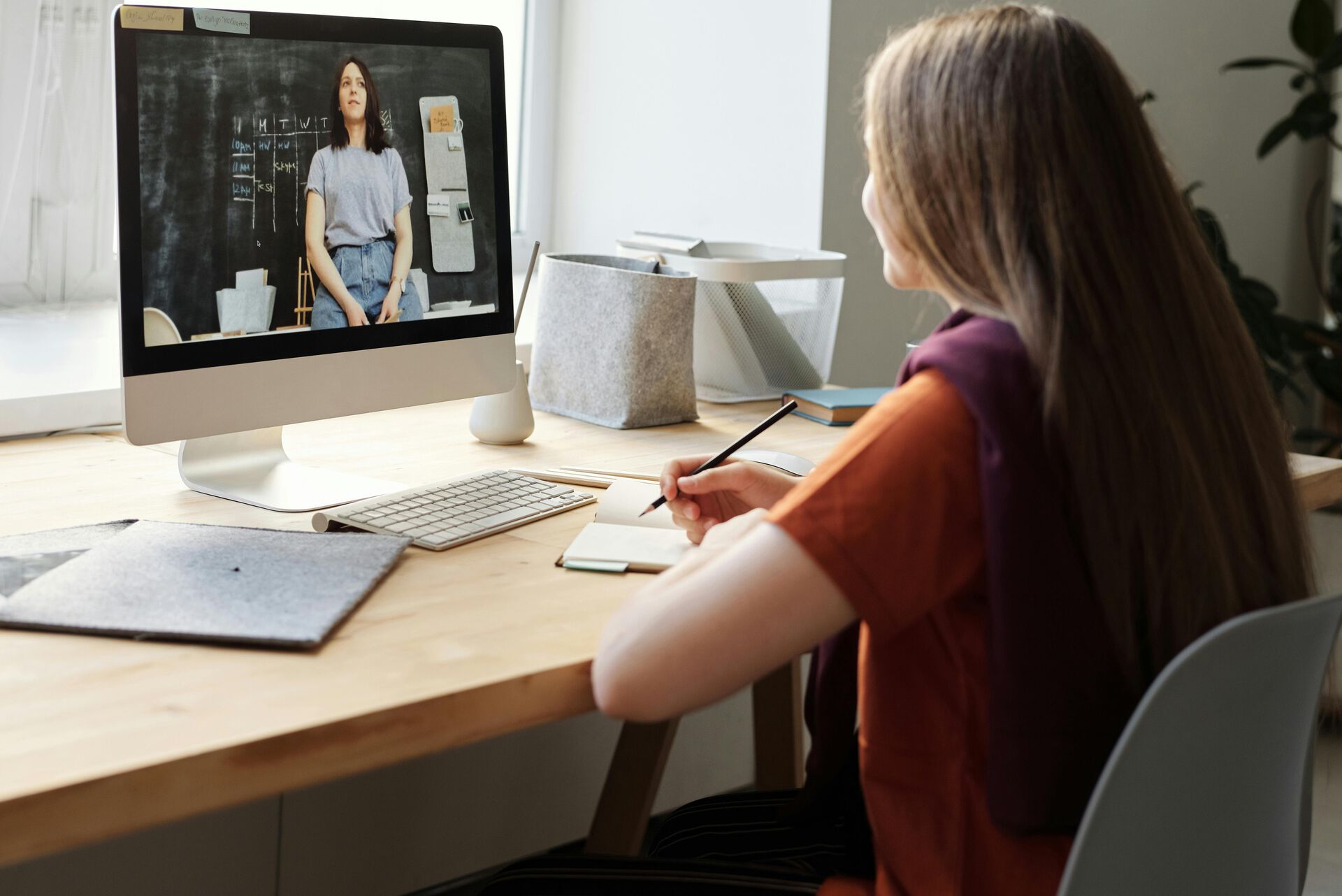Videos in Post-Covid Teaching
During the COVID-19 pandemic, teachers faced a rapid shift from traditional, in-class lectures to digital streaming and recording their lectures and seminars. This shift brought video and digital technology to the forefront of our teaching. Using videos in teaching is not new, but the pandemic gave many of us our first experiences using video as an integral part of our teaching practice.
Post-Covid, we have returned to physical classrooms, but learning-based videos remain important for teaching and learning.
Using videos supports student learning in multiple ways (Choe et al., 2019). Recording our lectures creates a more flexible learning environment for our students. But video is also a powerful tool for teacher training because videos can depict complex situations in an authentic way (Kilbur, Böhnke & Thiel, 2023).
Videos can also segment our student’s learning, clarify and summarize challenging concepts or theories, and supplement lecture and seminar activities.
Self-producing learning-based videos
Producing your own learning-based videos has never been easier. At Helga Engs Hus, you can easily record your lectures and seminars with the equipment available in each seminar room. Beyond recording our physical seminars, we can produce videos for use in our digital classroom, for flipped classrooms, or encourage student-generated videos and digital storytelling.

With widely available programs for recording, editing, and distributing videos, video-based learning has never been a more attractive option for teachers (Espino, Suárez & González-Henríquez, 2020).
So, where are all the self-produced videos?
Well, it appears that teachers are more often consumers of learning-based videos rather than producers. Most likely, teachers face multiple challenges to self-producing educational videos, such as a lack of technical knowledge and experience. Yet, teachers who may be interested in self-producing videos often overlook a simpler, less technically demanding tool that they already use in their teaching – PowerPoint.
The Power of PowerPoint
Did you know PowerPoint has high-quality features and functions for producing learning-based videos?
Many PowerPoint users are unaware of how powerful the program can be for video production. In-built recording functions allow teachers to record entire slideshows with audio, to record a screen capture from another computer program, or to embed external videos into PowerPoint such as videos filmed on your smartphone.
PowerPoint can even be used to create animated videos from stock images and icons so that your videos can be dynamic instead of relying on static images or text. All of this exists within a program that you likely are already using in your teaching.
Using PowerPoint to self-produce learning-based videos lowers technical requirements and costs often associated with video production. The simplicity and familiarity of PowerPoint make the program a good starting point for teachers who are interested in producing learning-based videos, but who may not have the technical skills or knowledge required when using advanced video production and editing software.
Further support for producing videos
By integrating a basic knowledge of educational video production processes and multimedia design principles, PowerPoint offers you a simple and familiar, yet powerful video production tool that already exists on your desktop.
